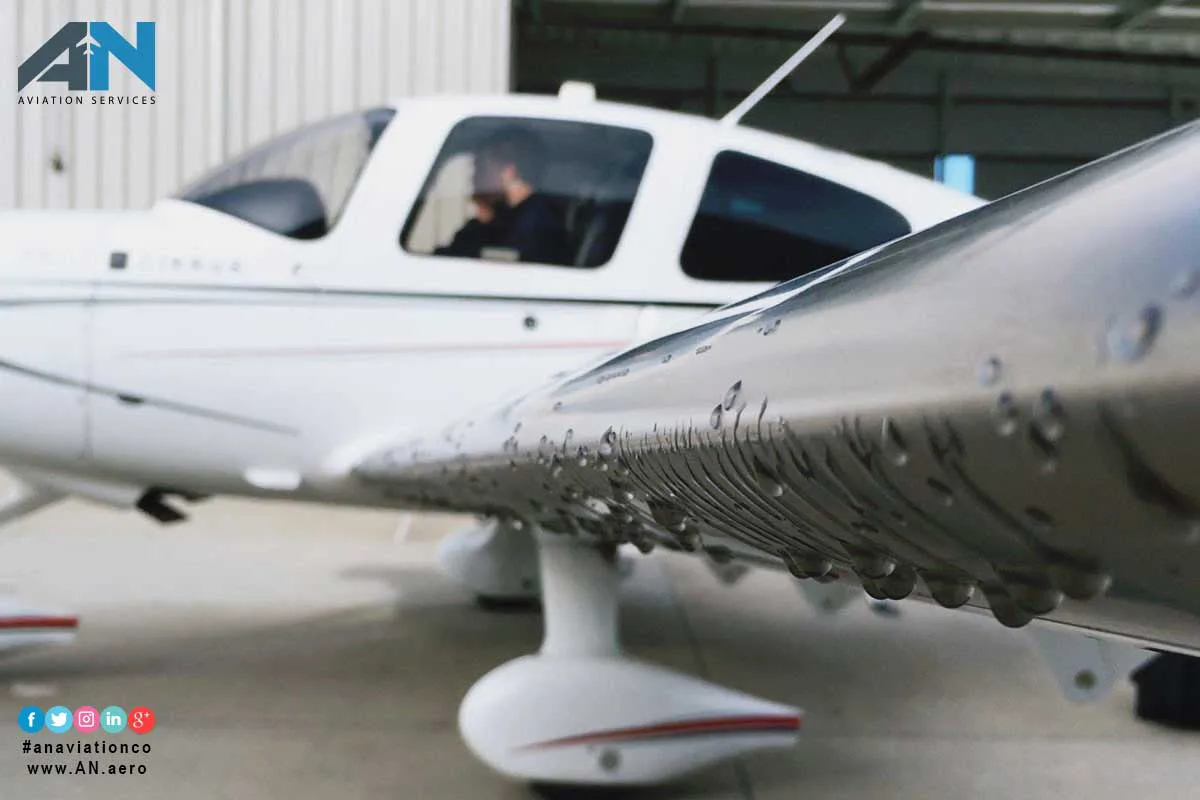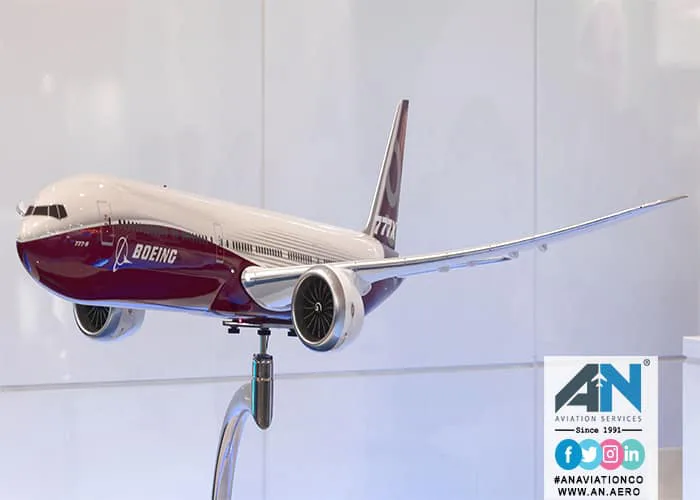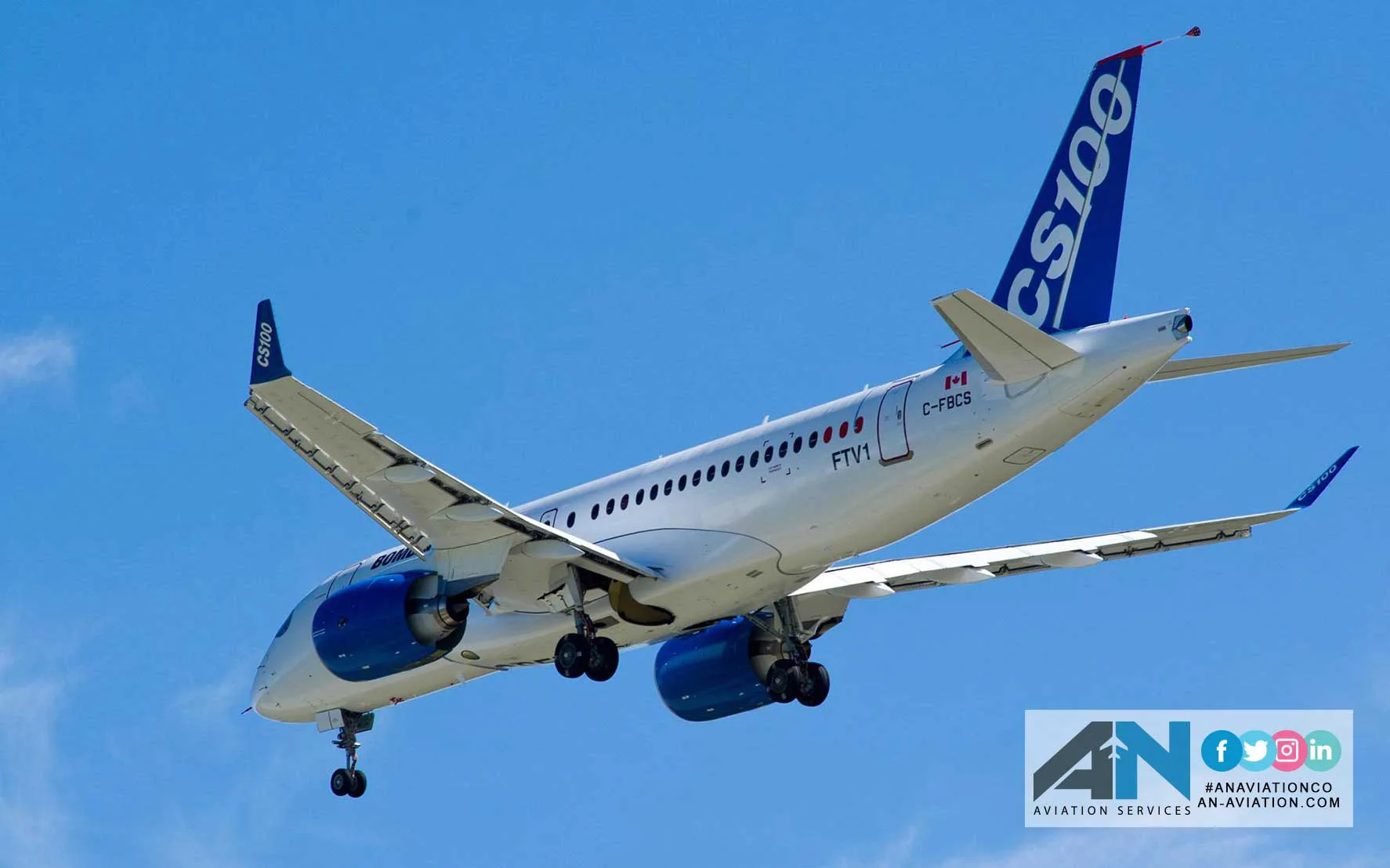
The Boeing 737 is one of the most recognizable and widely used aircraft in the world. Since its debut in the late 1960s, this workhorse of the aviation industry has transported billions of passengers across countless routes. While its popularity is well-earned, one design feature often sparks curiosity: why is the Boeing 737 so low to the ground compared to other commercial jets?
Unlike larger, more modern aircraft, the 737 appears to almost “hug” the runway. While this might seem like an odd design choice at first glance, there are good reasons behind this engineering decision. From its original purpose to its practical benefits, the Boeing 737’s proximity to the ground is a result of thoughtful design tailored to the needs of airlines and airports at the time of its creation. Let’s take a closer look at why this aircraft sits lower than most others and how this design has influenced its legacy.
The Original Design: A Practical Solution
When the Boeing 737 was first introduced in 1967, its design was driven by the needs of the airlines it was built to serve. At the time, the aviation industry was expanding, with smaller regional airports playing a significant role in connecting passengers to larger hubs.
One of the key factors in the 737’s low-to-the-ground design was the type of airports it would serve. Many regional airports in the 1960s lacked the advanced ground handling equipment found at major international hubs. This meant that aircraft had to be easy to load, unload, and maintain using manual labor or minimal equipment. By designing the 737 with a lower fuselage, Boeing ensured that ground crews could load baggage and cargo without the need for tall conveyor belts or specialized vehicles.
Additionally, the aircraft’s height allowed passengers to board via stairs rather than requiring jet bridges, which were less common at smaller airports during that era. This design choice made the 737 highly adaptable and practical for airlines operating in diverse environments.
The Engines That Shaped the Design
Another reason the Boeing 737 sits so low to the ground is its original engine configuration. The first-generation 737 models, such as the 737-100 and 737-200, were equipped with Pratt & Whitney JT8D engines. These engines were relatively small and mounted directly underneath the wings.
Because the engines were compact, there was no need for a higher landing gear to provide additional ground clearance. This further contributed to the 737’s low profile, which became a hallmark of the aircraft’s design.
The Challenge of Modernization
As the Boeing 737 evolved over the decades, so did the demands of airlines and advancements in engine technology. Modern 737 variants, such as the 737 NG (Next Generation) and 737 MAX, are equipped with larger, more fuel-efficient engines. These engines, like the CFM56 and LEAP-1B, have a larger diameter than the original JT8D engines, posing a unique challenge for Boeing’s engineers.
To accommodate the larger engines without drastically altering the 737’s design, Boeing opted for several modifications:
- Flattened Engine Nacelles: The engine casings were flattened slightly at the bottom, giving them a distinctive shape often referred to as a “hamster pouch.” This adjustment provided enough ground clearance for the larger engines.
- Engine Placement: The engines were mounted further forward and higher on the wing compared to earlier models. This change allowed for better ground clearance while maintaining the 737’s low-to-the-ground profile.
These adjustments allowed Boeing to modernize the 737 while preserving its practicality and compatibility with existing airport infrastructure.
Benefits of Being Low to the Ground
The Boeing 737’s low profile offers several practical advantages that have contributed to its widespread success:
- Ease of Ground Handling: The low height simplifies the process of loading and unloading baggage, cargo, and passengers. This is particularly beneficial at smaller airports with limited ground equipment.
- Faster Turnaround Times: By reducing the need for specialized ground support, the 737 can be turned around quickly between flights, making it a favorite for short-haul routes with tight schedules.
- Cost Efficiency: Airlines operating the 737 benefit from lower operational costs associated with minimal ground handling equipment and reduced maintenance complexities.
Limitations of the Design
While the Boeing 737’s low-to-the-ground design has many benefits, it also presents some limitations. For example, the aircraft’s limited ground clearance can make it more challenging to operate on rough or uneven runways, as there is less room to absorb shock or debris.
Additionally, the modifications required to accommodate modern engines have pushed the 737’s design to its limits. Critics argue that the aircraft’s original configuration wasn’t meant to handle the larger engines used today, which may lead to design constraints in future iterations.
A Legacy That Stands Tall
Despite these challenges, the Boeing 737 remains one of the most successful aircraft in aviation history. Its low-to-the-ground design, while originally a practical solution for 1960s airports, has become a defining feature that sets it apart from other jets.
As the 737 continues to evolve, Boeing’s engineers have found innovative ways to balance the aircraft’s traditional design with modern advancements. Whether it’s the efficiency of the 737 MAX or the versatility of the 737 NG, this aircraft proves that a thoughtful, practical design can stand the test of time.
Conclusion
The Boeing 737’s low-to-the-ground design isn’t just a quirk—it’s a deliberate choice rooted in the needs of a growing aviation industry in the 1960s. From facilitating easy ground handling to accommodating modern engine technology, this design has played a pivotal role in making the 737 one of the most beloved and widely used aircraft in the world.
As air travel continues to evolve, the 737’s legacy reminds us that great design often comes from understanding the needs of the moment while leaving room for innovation. Whether you’re boarding a short-haul flight or admiring its distinctive shape from the runway, the Boeing 737 stands as a testament to the power of practical engineering.
















